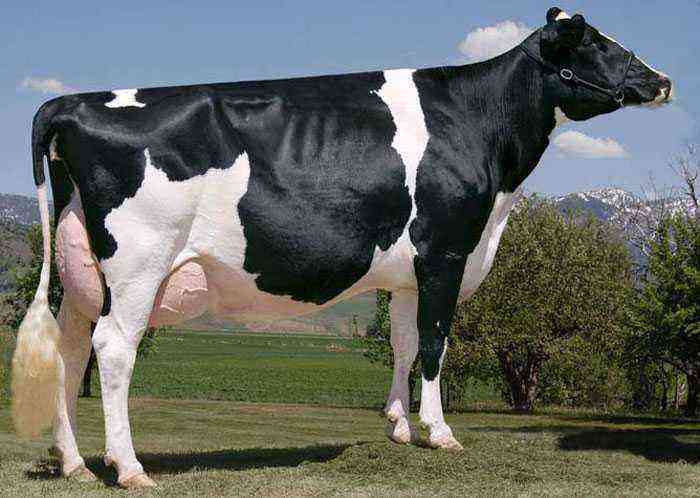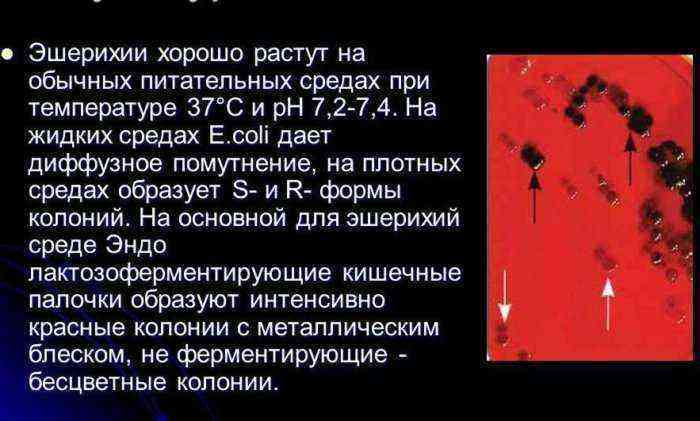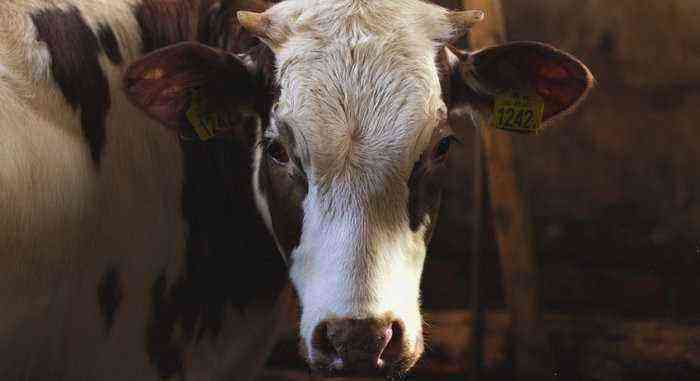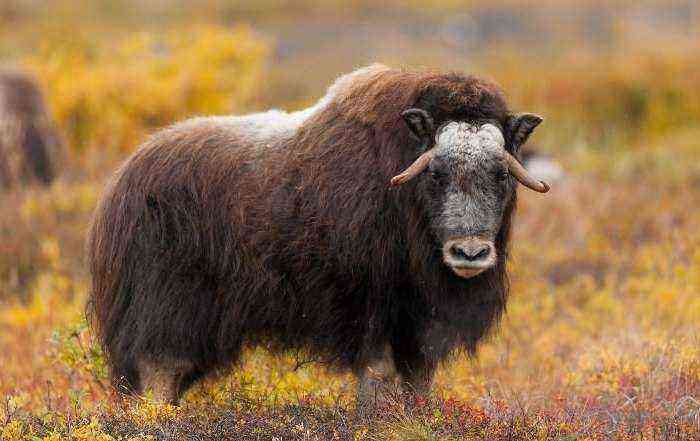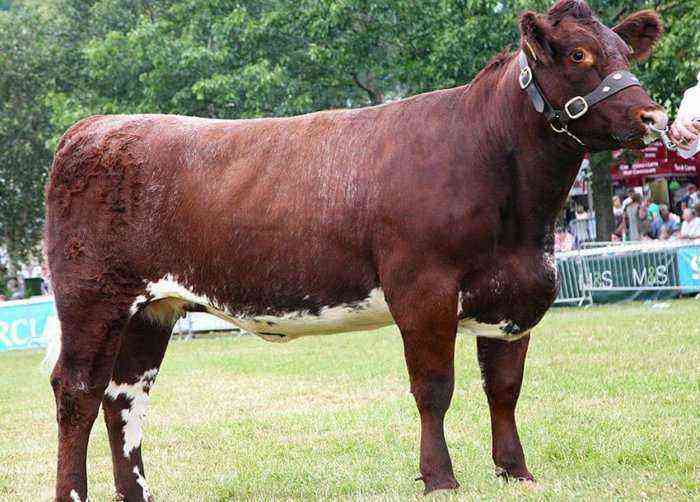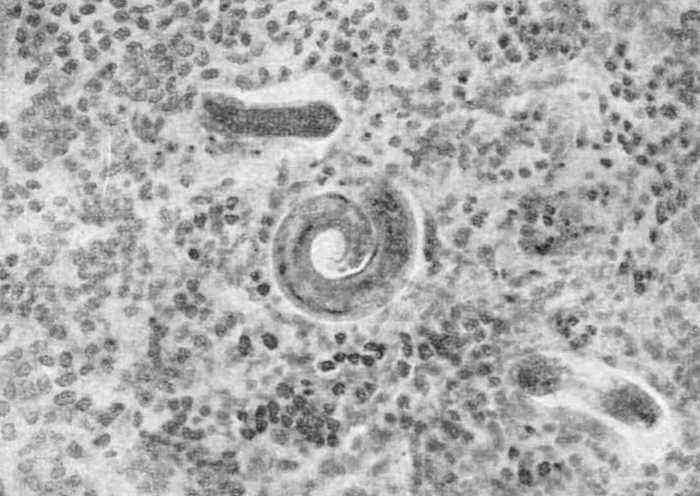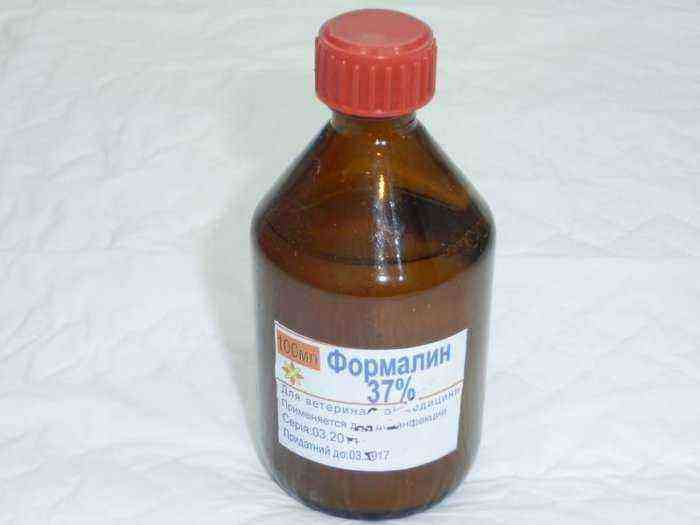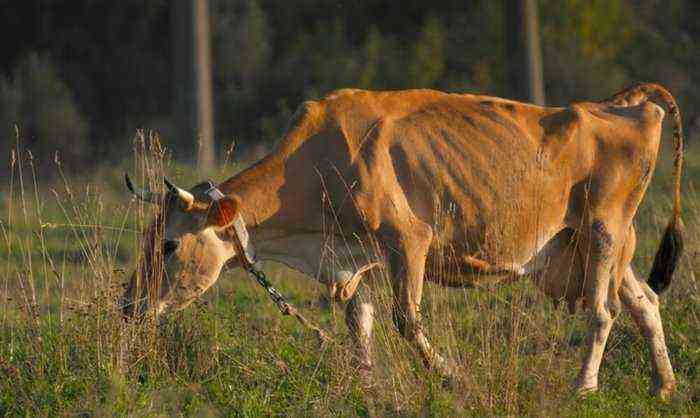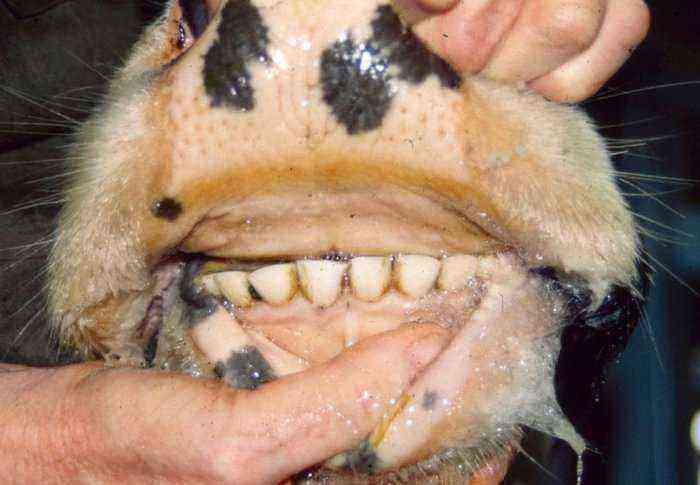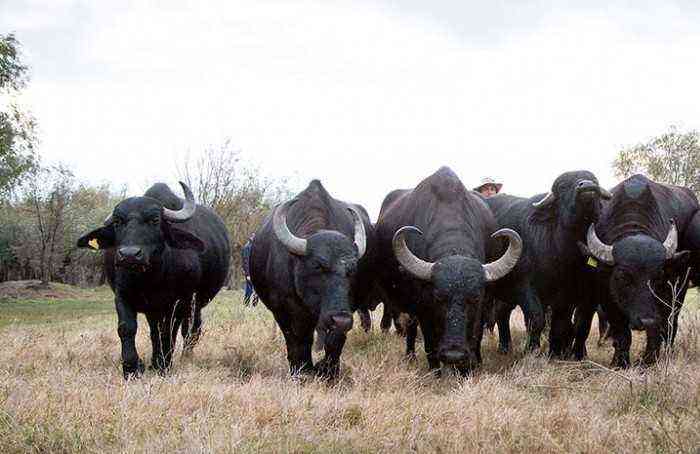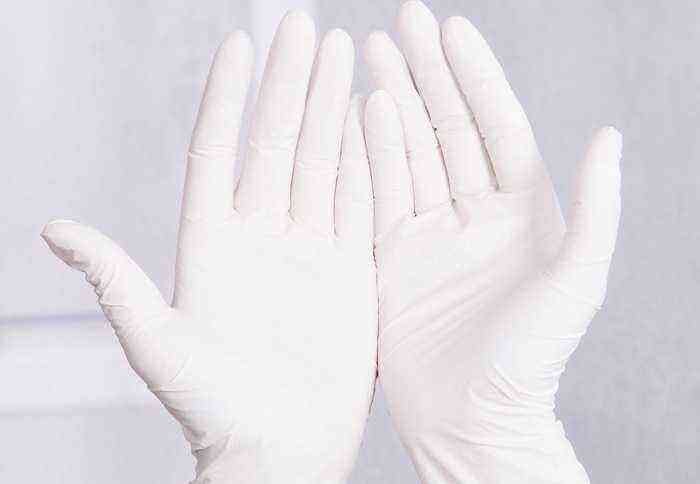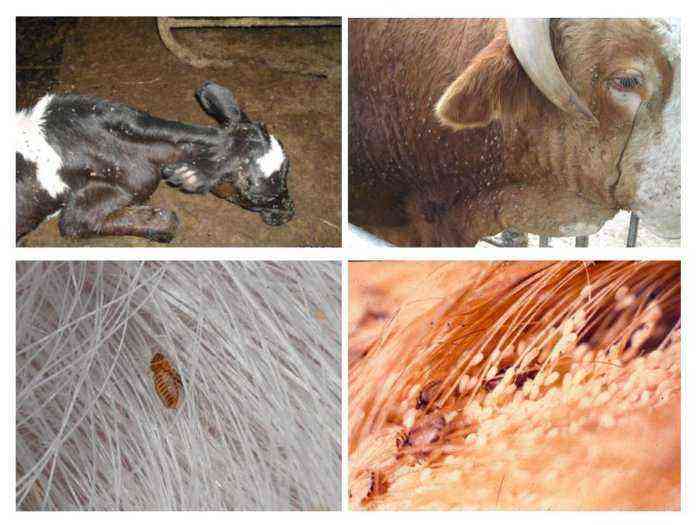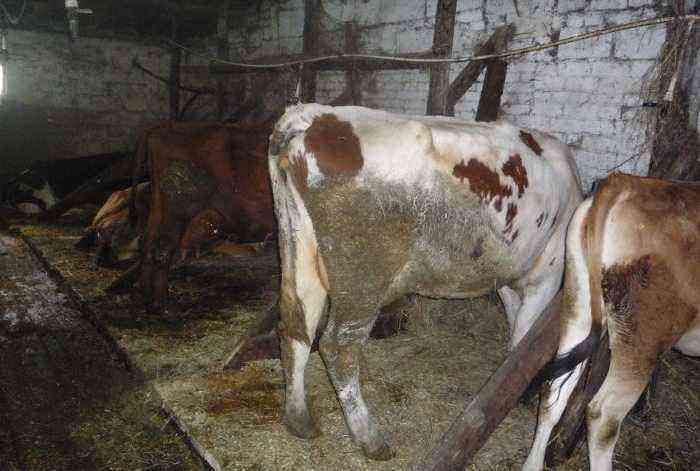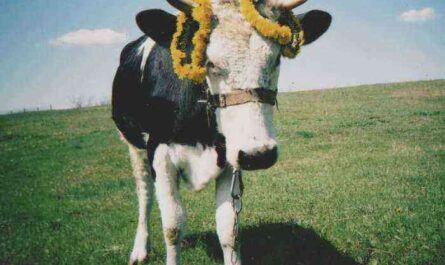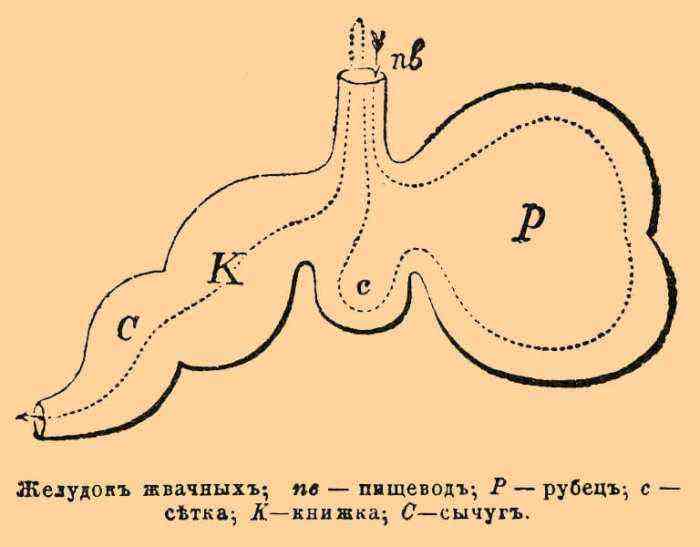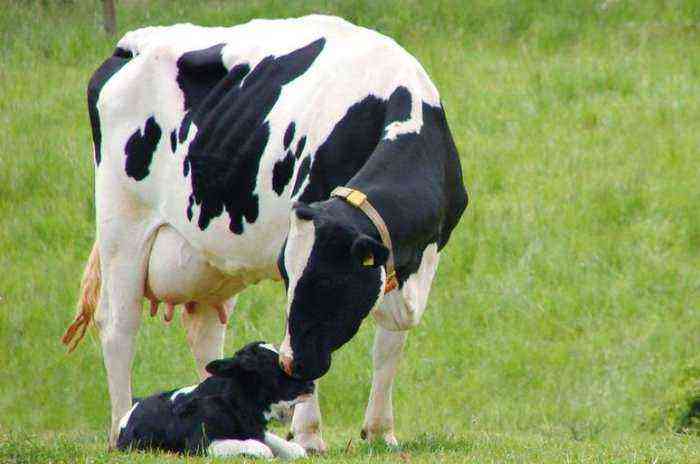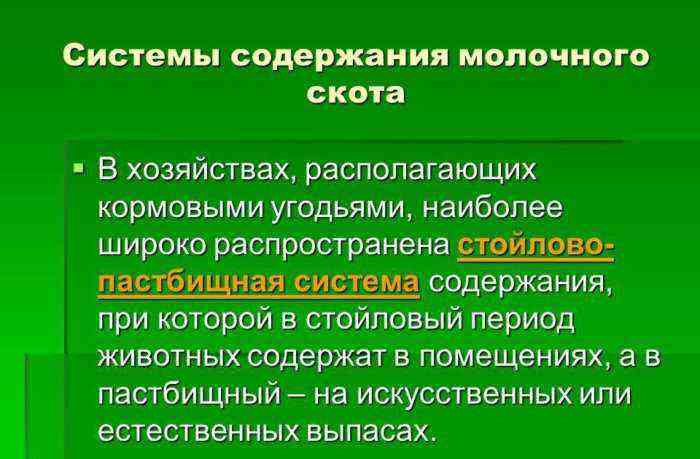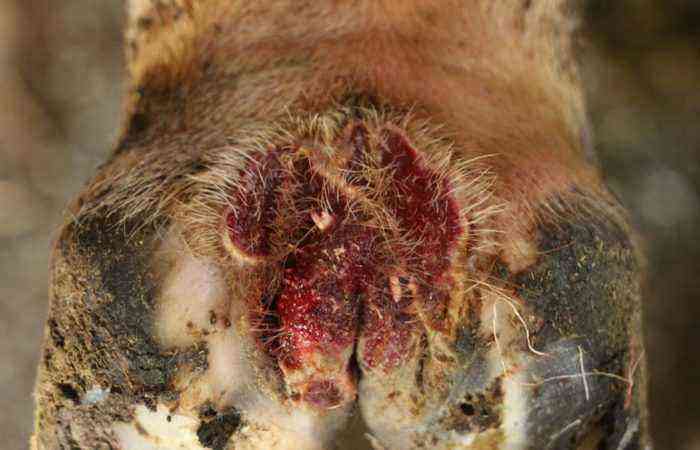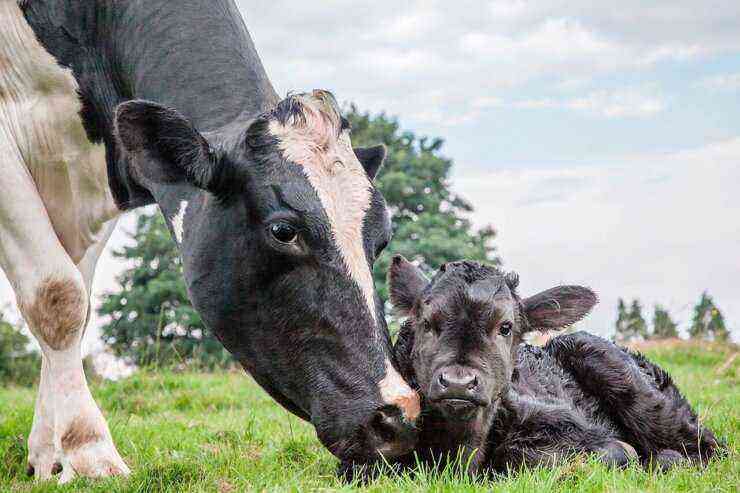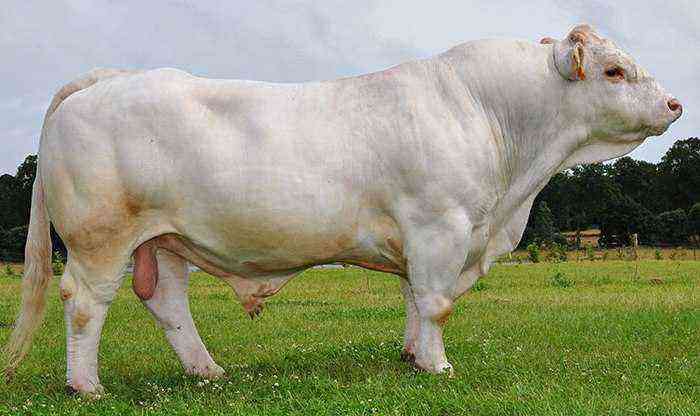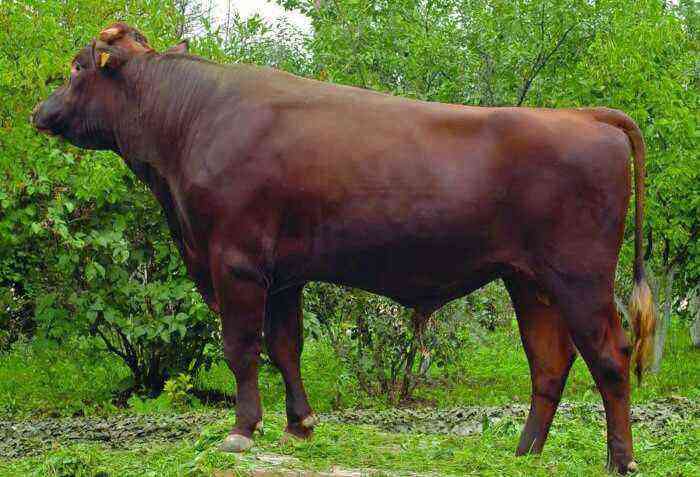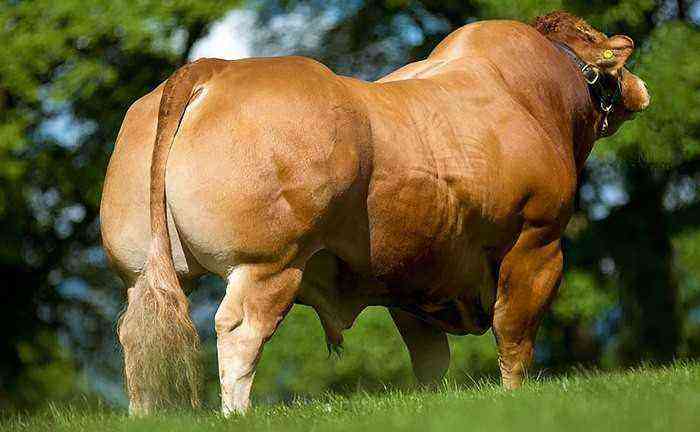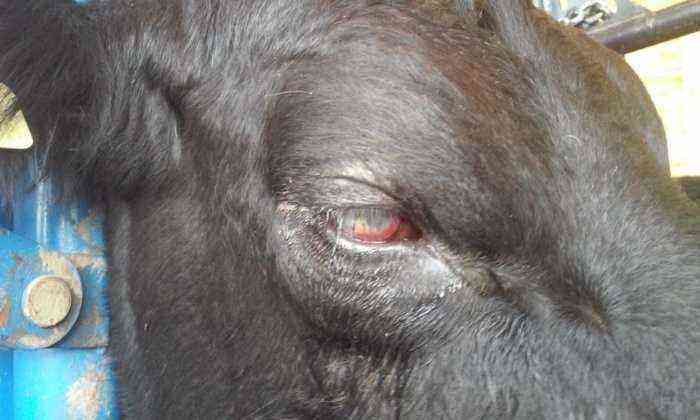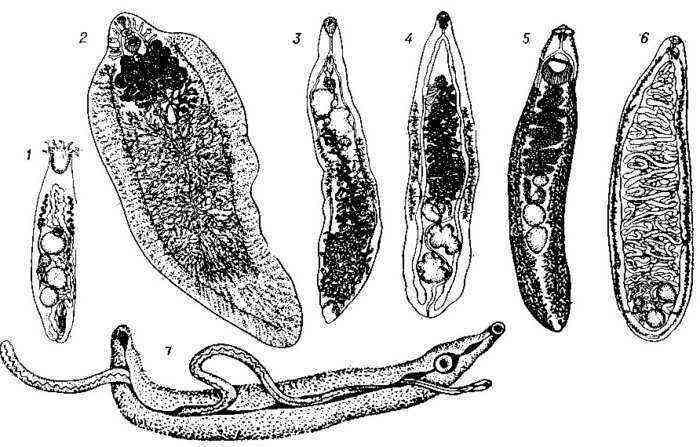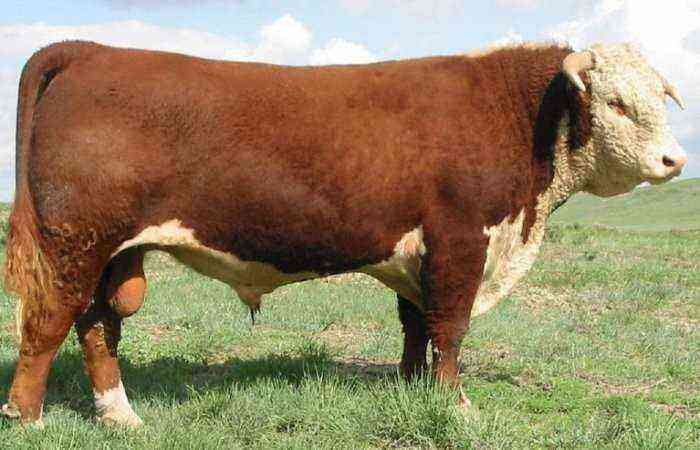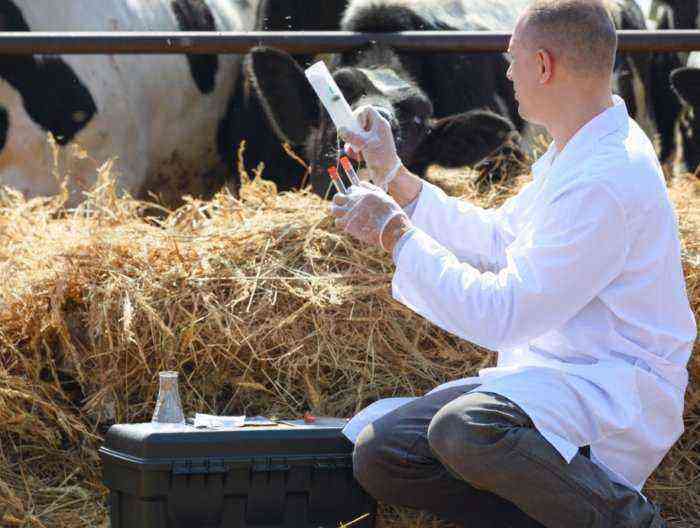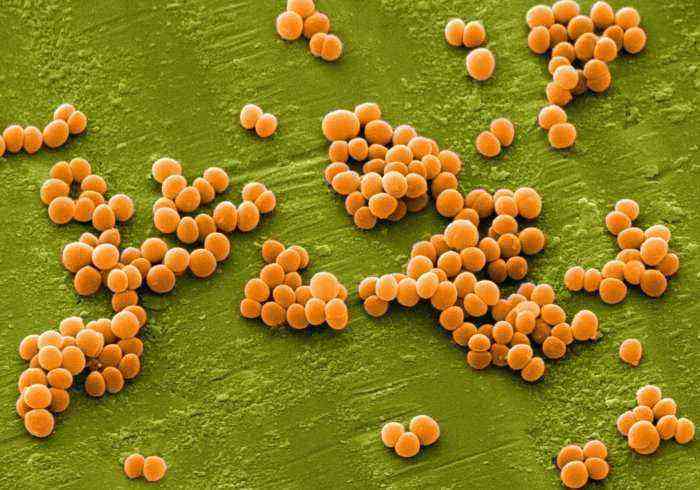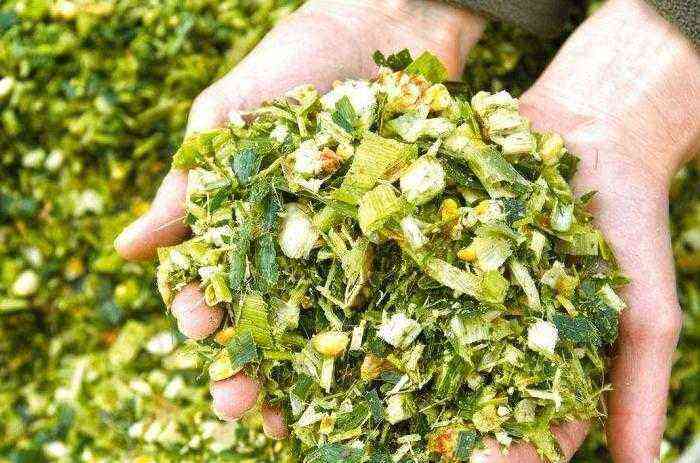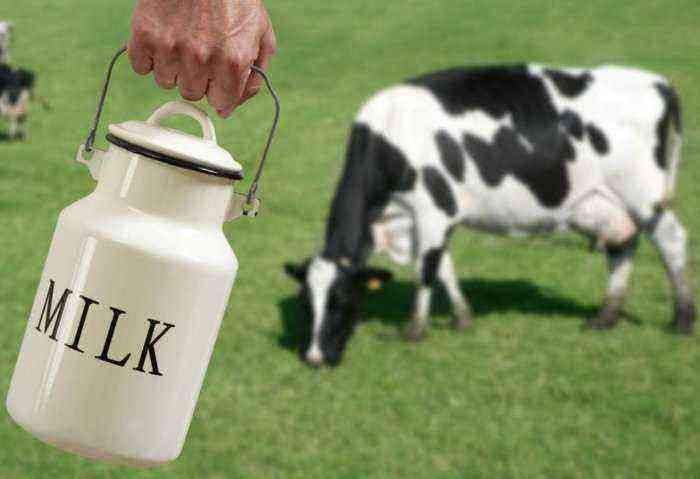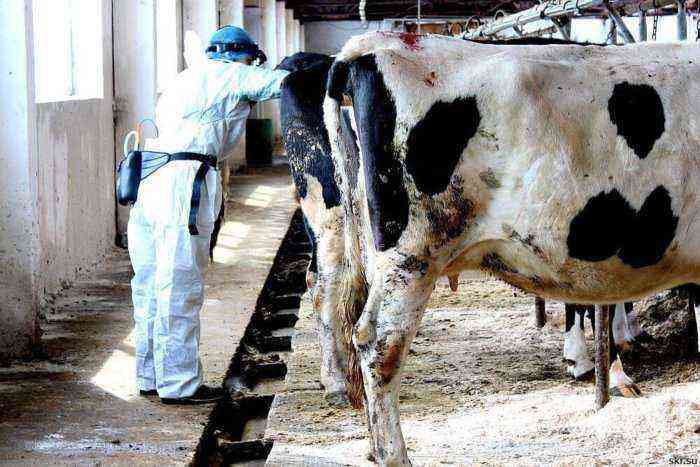Rabies in cattle is a dangerous disease that is transmitted not only from animal to animal, but also to humans. You can get sick after the bite of a sick cattle, when his saliva gets on an open wound, and also after eating infected meat. It is believed that cattle have a high degree of susceptibility to the rabies virus, so the prevention and diagnosis of this disease in livestock is very important in modern veterinary medicine and animal husbandry.
Rabies in cattle
What is a disease?
Rabies is described in veterinary medicine as a viral infectious lesion of the central nervous system: in diseased individuals, inflammatory and necrotic processes in the central nervous system and specific encephalitis are observed. As a result, the cow dies from asphyxia or cardiac arrest.
REFERENCE. The description of rabies is first found in the writings of Democritus, dated to the 5th century BC. An ancient scientist described a deadly disease that most often occurs in dogs. Also, the mention of the disease can be found in Cornelius Celsus (1st century AD), who recorded the infection of a person through the bite of a sick animal.
Rabies is divided into 2 types, based on the source of infection. The natural type is noted in wild animals such as the wolf, fox, bat. The carriers of the urban type of rabies are dogs, cats, and cattle. The literature also suggests that small rodents are a natural reservoir for the storage and spread of the virus.
Causative agent
The causative agent of rabies in cattle is a special virus called Neuroryctes rabid, which belongs to the Rhabdoviridae family and has a bullet shape. Strains of Neuroryctes rabid are dangerous for all warm-blooded animals. This virus is distributed on all continents, with the exception of Antarctica and a number of island states.
After entering the body, the causative agent of rabies penetrates the spleen and from there spreads along the nerve pathways. The virus is relatively stable in the external environment: at low temperatures it remains viable for many months, and when the remains of dead livestock decompose, it remains dangerous for another 2-3 weeks. Heat treatment (more than 10 minutes at temperatures above 60°C or short-term at 100°C) or disinfection with solutions of chloramine, formalin or alkali is required to inactivate the virus.
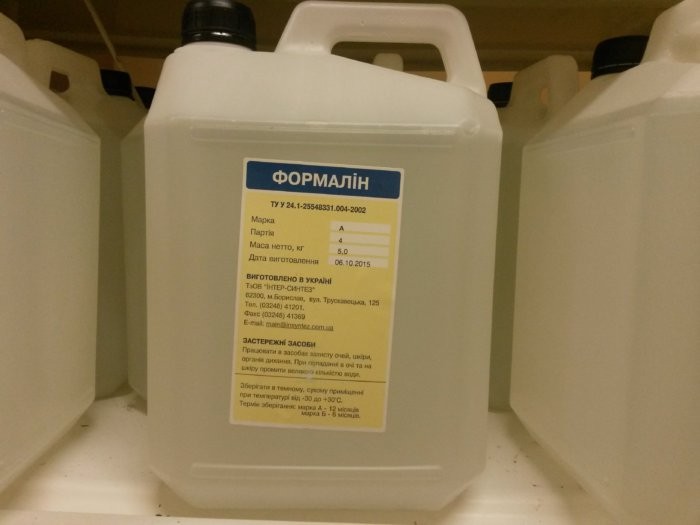
formalin solution
Symptoms
Rabies in a cow or bull proceeds in a violent or calm form. The following symptoms are characteristic of the violent stage:
- increased irritability, which manifests itself in sudden movements and aggressive behavior directed at other cows and small domestic animals;
- excessive sweating;
- salivation;
- increased urination.
The calm form is manifested by atypical lethargy of cattle, lack of appetite, and depression. Cows stop producing milk, the ruminant reflex disappears, and swallowing difficulties appear.
The symptoms of violent and calm rabies described above are characteristic of the initial stage of the disease, which occurs after the incubation period (from 14 days to 3 months, sometimes up to a year). A few days after the appearance of the first symptoms, cows show paralysis of the lower jaw, after which both pairs of limbs fail and the animal dies.
The main typical symptoms of rabies in cattle also include an increased reaction to noise and light, up to convulsions, body tremors, and a sharp decrease in weight. Some cows lose their sight as the disease progresses.
Diagnostics
Clinical observation is used to diagnose rabies in cattle. The livestock, which had suspicious contacts with possible carriers of the infection, is isolated in a separate room and regular veterinary examinations are organized.
High titers of the rabies virus are found in studies of the cerebral cortex and ammon horns, in the analysis of the medulla oblongata. Lower concentrations of the virus are found in the lacrimal and salivary glands.
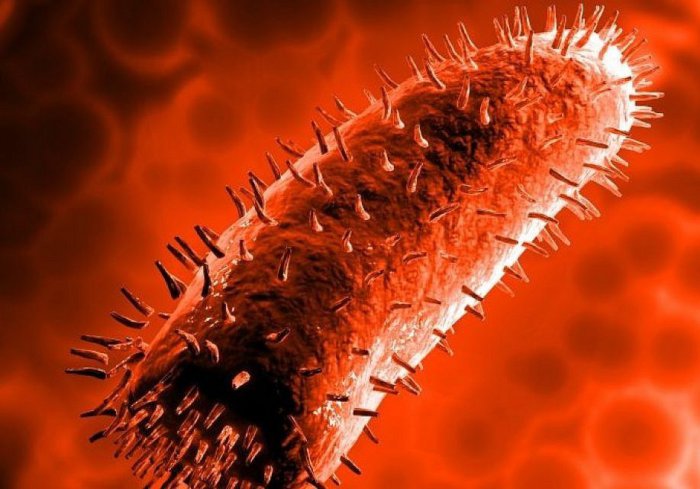
Вирус Neuroryctes rabid
Prevention
The only effective preventive measure is the rabies vaccine. It allows you to start the mechanism for the production of antibodies that quickly neutralize the virus when it enters the body. As a result of the introduction of the drug in the cow’s body, biochemical processes are observed that reduce the susceptibility of the body’s cells to the pathogen. Modern vaccines are made on the basis of the Paster/RIV virus strain, which has an activity of more than 2 IU. The dosage of the vaccine is 1 ml. The introduction of the drug – intramuscularly. Before vaccination, it is necessary to conduct an examination by a veterinarian to assess the general condition of the animal: only healthy cows are vaccinated at the age of 6 months and thereafter every 2 years.
REFERENCE. The vaccine does not provide 100% immunity against rabies. 1 out of 10 animals can become ill when in contact with a source of infection under the same conditions of keeping and nutrition for the entire livestock.
If sick animals are identified, they must be urgently isolated. The corpses of dead cattle are destroyed in accordance with the requirements of sanitary standards.
The need for regular prevention of rabies in cattle allows not only to avoid the loss of livestock, but also to protect people who come into contact with animals and consume dairy and meat products. Once infected cows are identified, they cannot be taken outside the farm, and the dairy products obtained from the livestock are destroyed.
